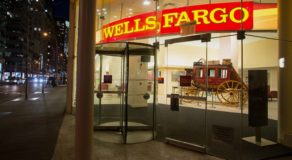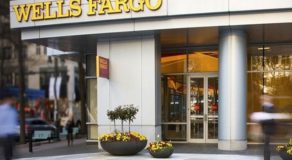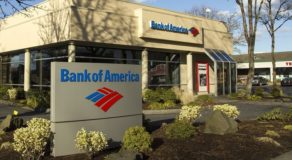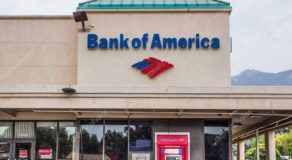In the early 2000s, First Republic Bank (FRB) found itself in the midst of a crisis that threatened the stability and reputation of the institution. The crisis was caused by a combination of factors, including rapid expansion, risky lending practices, and a lack of oversight. In this article, we will take a closer look at what happened during the First Republic Bank crisis and how it was resolved.
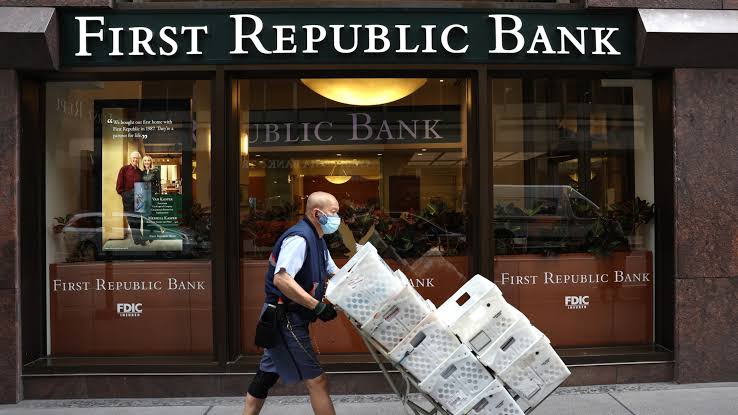
Background
First Republic Bank was founded in 1985 in San Francisco and grew rapidly over the next two decades, expanding its operations to several states and offering a range of financial products and services. However, in the early 2000s, the bank’s growth began to outpace its risk management capabilities, and it started to engage in risky lending practices.
The Crisis
In 2002, FRB was hit by a series of loan losses that threatened the bank’s stability. The losses were caused by a combination of factors, including high-risk lending practices, poor underwriting standards, and a lack of oversight. Many of the loans were made to high-risk borrowers, including those with poor credit histories and unstable incomes.
As a result of the loan losses, FRB’s financial condition deteriorated rapidly, and the bank was at risk of failing. The crisis also eroded the bank’s reputation, and many customers began to withdraw their deposits.
The Resolution
To resolve the crisis, FRB took several steps, including:
- Management Changes: FRB’s management team was replaced, and the new team implemented tighter risk management practices and improved oversight.
- Loan Portfolio Review: The bank conducted a thorough review of its loan portfolio and identified the high-risk loans that were causing the losses. It then took steps to reduce its exposure to these loans.
- Capital Raising: FRB raised capital to strengthen its balance sheet and improve its financial position. The bank issued new shares of stock and sold some of its loan portfolios to other institutions.
- Regulatory Oversight: Federal regulators closely monitored FRB’s operations and required the bank to implement additional risk management measures.
- Reputation Management: FRB also worked to restore its reputation by improving customer service and communicating its efforts to resolve the crisis to the public.
The Aftermath
The steps taken by FRB to resolve the crisis were successful, and the bank was able to return to profitability and rebuild its reputation. Today, the bank is considered a strong and stable financial institution, with a solid track record of growth and financial performance.
Lessons Learned
The First Republic Bank crisis offers several important lessons for financial institutions and regulators. First, it highlights the importance of strong risk management practices and effective oversight in ensuring the stability and safety of the banking system. Second, it underscores the risks of rapid expansion and risky lending practices, and the need for institutions to carefully manage their growth and exposure to risk. Finally, it demonstrates the importance of transparency and communication in restoring customer trust and confidence in the wake of a crisis.
Conclusion
The First Republic Bank crisis was a challenging period for the institution and the banking industry as a whole. However, the steps taken by the bank to resolve the crisis provide important lessons for financial institutions and regulators, and offer a roadmap for managing and overcoming similar challenges in the future. By prioritizing risk management, effective oversight, and transparent communication, banks can weather even the most difficult of crises and emerge stronger and more resilient.


